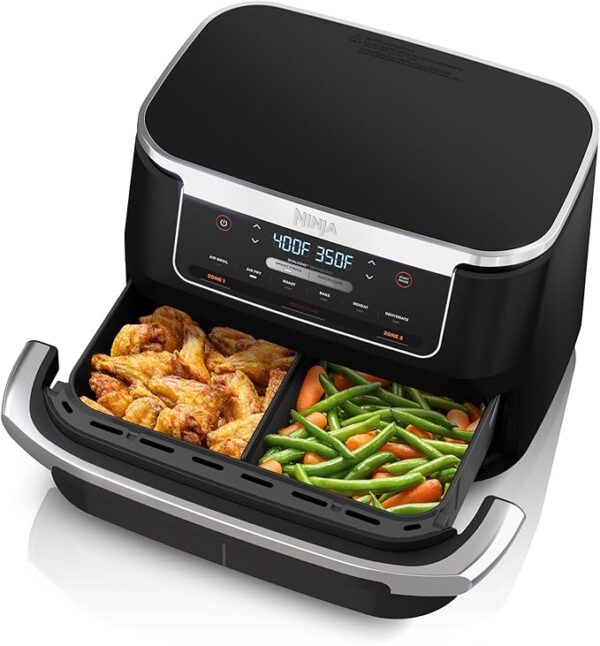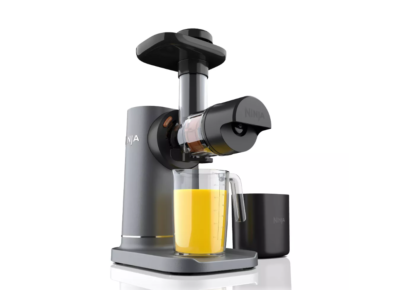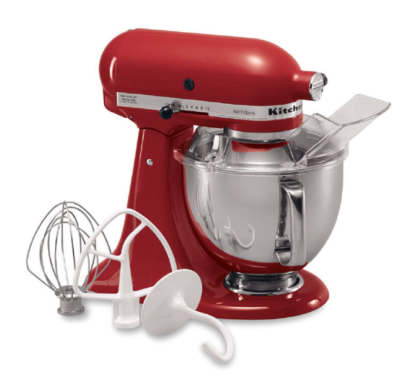Blenders are versatile kitchen appliances that can revolutionize the way you prepare food and beverages. From smoothies and soups to sauces and dressings, a high-quality blender can handle a wide range of culinary tasks with ease. By considering factors like power, capacity, durability, and ease of cleaning, you can enjoy the benefits of blending for years to come. Whether you’re a health-conscious individual, a busy parent, or a gourmet chef, a blender is a must-have tool for any kitchen.
Explore Our Affiliate Picks:
- Contact us at [email protected]
Why You Need a Blender in Your Kitchen
1. Versatility
Blenders are incredibly versatile tools that can be used to make a wide variety of recipes. Whether you’re whipping up a nutritious smoothie, pureeing ingredients for soups and sauces, or crushing ice for cocktails, a blender can do it all. With different speed settings and attachments, you can customize the blending process to suit your specific needs.
2. Time-Saving
Blenders are designed to make food preparation faster and more efficient. Instead of chopping, grating, or mashing ingredients by hand, you can simply toss them into the blender and let it do the work for you. This can save you valuable time in the kitchen, especially when you’re preparing meals for a large family or hosting a dinner party.
3. Nutrient Retention
Blending fruits and vegetables helps to preserve their natural nutrients and flavors. Unlike cooking methods that involve high heat, blending allows you to retain the nutritional integrity of your ingredients, making it easier to incorporate healthy foods into your diet. Plus, blending can help break down tough fibers in fruits and vegetables, making them easier to digest and absorb.
4. Smooth Texture
One of the main advantages of using a blender is that it can create smooth, uniform textures in your recipes. Whether you’re making a silky-smooth soup, a creamy sauce, or a velvety smoothie, a blender can help you achieve the perfect consistency every time. This is especially useful for picky eaters or those with dietary restrictions who may prefer smoother textures.
5. Easy Cleanup
Many blenders are designed with removable blades and dishwasher-safe components, making cleanup a breeze. Simply disassemble the blender after use and wash the parts in warm, soapy water or toss them in the dishwasher for hassle-free cleaning. This makes blending a convenient option for busy individuals and families.
What to Consider When Purchasing a Blender
When shopping for a blender, there are several key factors to keep in mind to ensure you choose the right one for your needs. Here are some important considerations:
1. Motor Power:
A blender’s motor power is crucial for its performance, especially when tackling tough tasks like blending fibrous ingredients or grinding nuts into butter. While higher wattage or horsepower ratings may indicate better performance, it’s important to note that advertised power doesn’t always translate into actual blending effectiveness. Look for a blender with sufficient power for your intended use, but also consider other factors that contribute to blending performance.
2. Jar Shape:
The shape of the blender jar significantly impacts how ingredients are blended. Taller, narrower jars tend to create more controlled vortexes, resulting in smoother textures without excessive aeration. On the other hand, shorter, broader jars may produce frothier, less consistent results. Consider your preference for texture and ease of scraping when choosing a blender with the appropriate jar shape.
3. Speed Settings:
Blenders with a true range of speed settings offer greater versatility in blending various ingredients. While most blenders can achieve high speeds, fewer models are capable of maintaining a real low speed, which is essential for thorough mixing without splattering. Ensure that the blender you choose offers adequate speed control for your specific blending needs, including both high and low speeds.
4. Controls:
Opt for a blender with simple, intuitive controls that are easy to understand and operate. Clear labeling, straightforward buttons or dials for adjusting speed, and a pulse function are essential features for user-friendly operation. Avoid overly complicated controls that may be confusing or cumbersome to use.








